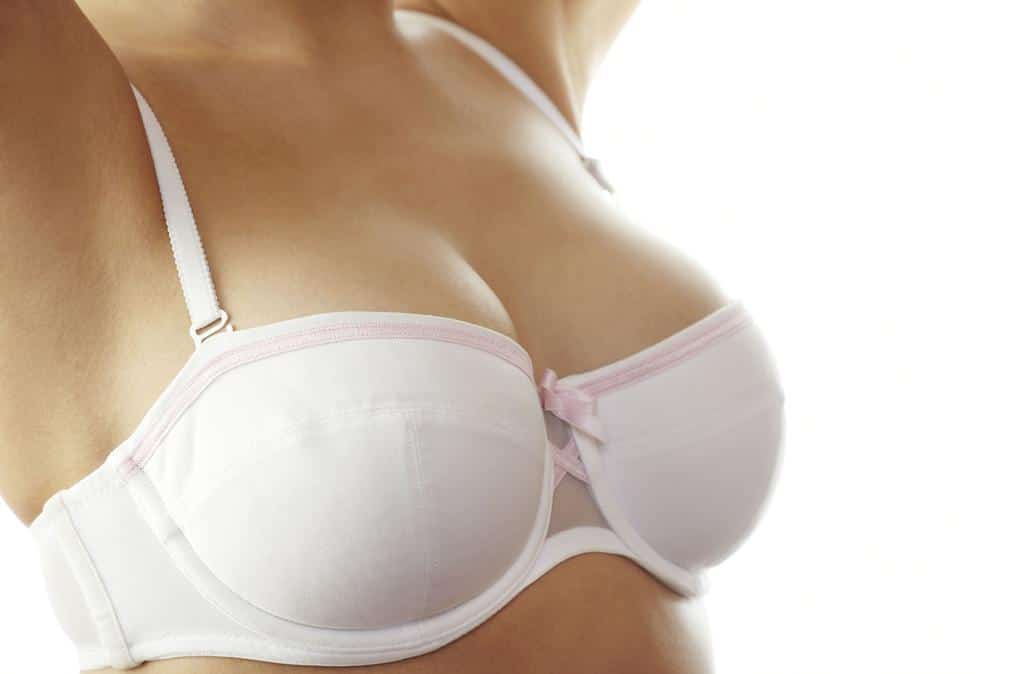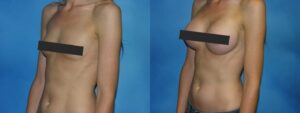 For women who are considering a breast augmentation, the biggest concern – aside from the size of implant they want – is most likely what their scar will look like. This is a huge decision and one that will stay with patients for the rest of their lives. Of course, there are always methods to reduce the visibility of the scar. But we wanted to take this chance to lay out the 3 common types of incisions for breast augmentation.
For women who are considering a breast augmentation, the biggest concern – aside from the size of implant they want – is most likely what their scar will look like. This is a huge decision and one that will stay with patients for the rest of their lives. Of course, there are always methods to reduce the visibility of the scar. But we wanted to take this chance to lay out the 3 common types of incisions for breast augmentation.
Hobart women who are unsatisfied with their breasts should contact Dr. Frank today at (219) 513-2015. The first step in our breast augmentation process is for patients to meet one-on-one with Dr. Frank so you can get to know him, ask him all of your questions, and find out exactly what should be expected for the procedure. Dr. Frank has built his practice on absolute transparency. So before you and he make any decisions, you’ll know exactly what will happen every step of the way.
3 Types of Incisions for Breast Augmentation
Hobart women are understandably concerned about scarring after a breast augmentation. There are a few different types of incisions to choose from, and before you make any decision, Dr. Frank will go through each of these in much more detail so you understand the pros and cons.
- Inframammary Incision – This is the most common incision for breast augmentation and it is located in the fold of skin under the breast. It is usually not visible and can be covered with a bra or even a swimsuit top. Also, for women who may still want to have children later, this incision offers the fewest complications for breastfeeding.
- Periareolar Incision – This incision is done around the areola. While the periareolar incision does hide the scar very well, it is rarely associated with higher risks of losing nipple sensation and not being able to breastfeed later.
- Transaxillary Incision – The transaxillary incision is made in the armpit. Once this is done, the surgeon creates a tunnel through the fat and then inserts the implant. A huge advantage to this type of incision is that there is no visible scarring to the breast itself after the breast augmentation. The disadvantage is the scar is visible in sleeveless or strapless clothes or when a patient raises her arms.
Hobart women should also know that they’re not alone in choosing the incision for your breast augmentation. Dr. Frank will guide you through the process and ensure you that you have all the information you need to make the best possible decision. We also wanted to provide some information on scar care so that our potential patients know exactly how much influence they have on their scar visibility after the procedure.
Augmentation Before and Afters

*Individual results may vary
Our Breast Augmentation Gallery
Scar Care After Breast Augmentation
Hobart women often underestimate how long it takes for their breast augmentation scar to heal and mature. The usual time frame to expect for your scar to heal is 6 months to a year, but there are a few strategies that women can use to reduce the visibility of their scars.
- Silicone sheets are one of the best options for post-operative scar healing. One downside is that they need to be worn for at least 12 hours at a time and for a minimum of two months.
- Moisturizers and sunscreen are also important adjuncts to make your scar look as good as possible.
We can’t wait for you to give us a call at (219) 513-2015. We love talking with new patients, answering their questions, and making them feel welcomed in our offices. We can set up a time for you to come in and visit with Dr. Frank, learn more about breast augmentation, and discuss your goals with him. Call us today!

